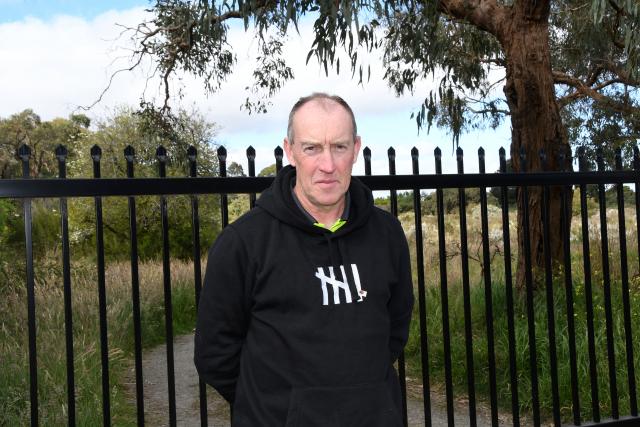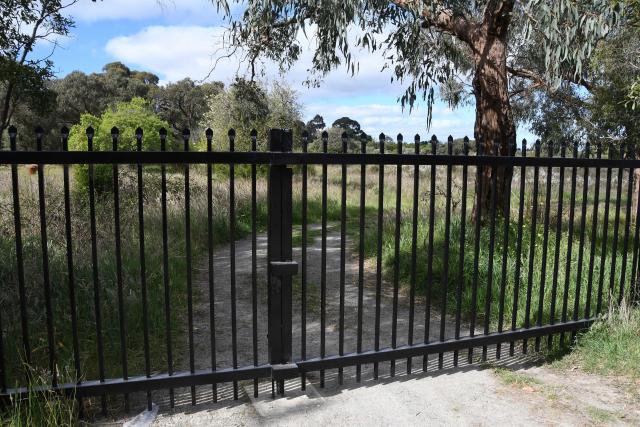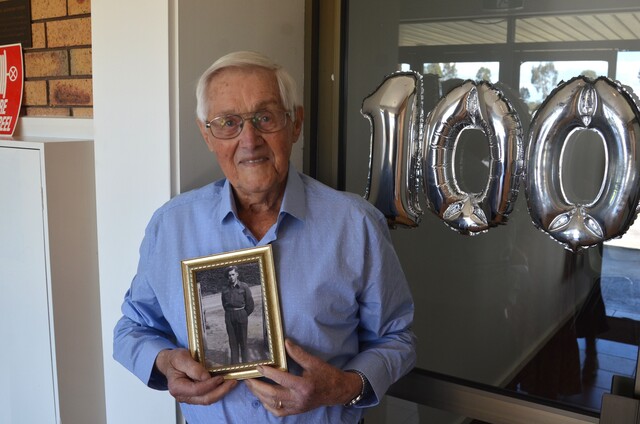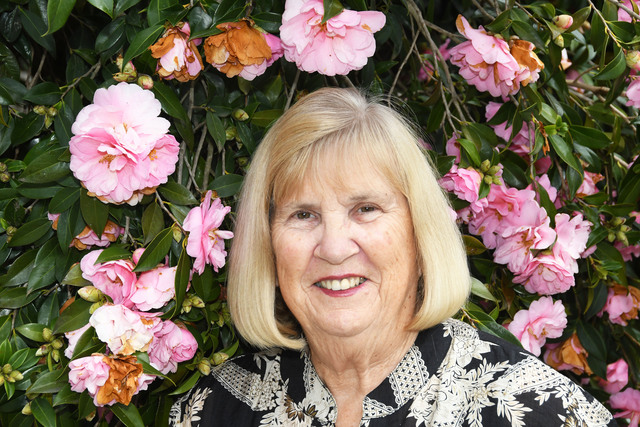The state tribunal has rejected a $4.5 million Hindu Temple proposal in Pearcedale’s green wedge zone, marking a milestone in a three-and-a-half-year community fight.
The community waited for 16 weeks since their final submission, and the outcome was ordered on Thursday 7 August.
VCAT affirmed the opposition by the Mornington Peninsula Shire, and no permit was granted.
The state’s planning tribunal stated that the proposal did not demonstrate that it would meet the purpose of the green wedge zone in a “sufficiently meaningful way”.
“As detailed earlier, the purpose of the GWZ2 (green wedge zone – Schedule 2) refers to providing for agriculture; encouraging sustainable land management practices; protecting and conserving land for environmental and landscape opportunities; and protecting and enhancing biodiversity,” it stated.
The saga dated back to late 2021 when the permit application by non-profit multilingual Hindu organisation Melbourne Ayyappa Seva Sangam (MASS) first came through the Mornington Peninsula Shire.
The envisioned Hindu Temple, located on the corner of Dandenong-Hastings Road and South Boundary Road West in rural Pearcedale, would include a main temple complex, an eating hall, a toilet block, a storage shed, and a lake.
The operating hours would be between 7am to 2pm and 5pm to 8pm for seven days a week. Two annual events, each occurring over a 24-hour period, were also proposed. The daily patron limit was 150 patrons.
The proposal immediately attracted more than 300 formal objections at the time. Mornington Shire failed to make a decision within the required 60 days, and so the application was referred to the VCAT.
Locals and individuals from the broader community formed a Peninsula Green Wedge Protection Group in early 2022 to oppose the development in front of the VCAT and advocate for the protection of Green Wedge land across Victoria.
Though unable to decide on the application, the Mornington Council, on the side of the community, formed its objection to be pursued at VCAT proceedings.
The 14-day hearing started in September 2024 and dragged into this year due to the complexity of the case.
The tribunal thoroughly discussed five key issues for determination in its 50-page judgement, including the acceptability of the proposed built form, the impacts on vegetation and biodiversity, the impacts on the amenity, the acceptability of the proposed wastewater management, and the carparking and traffic impacts.
Of all the five key issues, the impacts on vegetation and biodiversity took up a large portion of the discussion.
The application included permission to remove native vegetation for the construction.
After revisions, the agreed-upon estimated native vegetation loss became roughly 0.746 hectares across the endangered Swampy Woodland, Grassy Woodland, Swampy Scrub, as well as some Healthy Woodland. Two large trees were also proposed to be removed.
Vegetation condition scores were mostly low, as the state tribunal pointed out that many patches are regrowing after farming, but several patches have high Strategic Biodiversity Value (SBV) despite low condition, meaning small losses could be regionally significant.
The tribunal found that although much of the vegetation to be removed was in low condition, some small but important patches, including Swamp Scrub and parts of Swampy Woodland, had moderate/high SBV and would be lost, including the complete loss of on-site Swamp Scrub patches.
Experts from both parties agreed that the dam, located in the eastern half of the proposed site, was a former wetland area.
The tribunal was mindful that the impact of the proposed excavations on the land to accommodate the development and the changes to surface and subsurface hydrology that supported these values had not been evaluated.
Offsets were calculated and discussed, but the tribunal concluded that uncertainty remains about indirect impacts, and those uncertainties could not be left to permit conditions alone.
The tribunal found the proposed development would cause unacceptable biodiversity and vegetation impacts, and it declined to grant permission for native vegetation removal.
In terms of the acceptability of the proposed built form, the tribunal stated that the proposed development’s design was based on religious and cultural principles which would “starkly set it apart” from the development which characterised the green wedge.
“Views of the development from Dandenong-Hastings Road are likely to be limited due to the subject land’s distance from this thoroughfare and the presence of established vegetation along, and proximate to, the roadside,” the tribunal stated.
“To the extent that selected views may be possible from this road, we agree with the council and respondents that the development will appear incongruent within its rural context and not in keeping with the character of the green wedge.”
It is noted that the applicant submitted that all symbols are necessary to ensure the building is ‘fit for purpose’, and it is not appropriate to have the building designed to appear like an agricultural or rural structure.
The tribunal also addressed the community’s amenity concern about the dust from vehicles using South Boundary Road West, light spill and noise from the proposed use.
Given the proposed sealing of South Boundary Road West and the car park on the land, the tribunal did not consider that the proposal would generate dust such that it would impact the amenity of neighbouring properties or the area more broadly. It also did not consider that any light spill from these structures would result in unacceptable amenity impacts, and the potential for noise would not be the reason to refuse this proposal permission.
The tribunal was also satisfied with the applicant’s wastewater management and car parking provision. It concluded that the proposal would not have an unacceptable traffic impact.
Resident Craig Gobbi, who represented locals at the VCAT hearing, said it had been tens of thousands of hours put into the case.
“It’s been three and a half years. We put our lives on hold,” he said.
“I certainly call quite a lot of all-nighters. I had seven weeks of annual leave last year, which was all related to meetings and hearings.”
Resident Fiona McVey, who was also a member of the protection group, said the community fundraised tens of thousands of dollars for the legal fee.
She said now they are trying to get state planning laws changed to tighten the green wedge protection.
Ms McVey said every VCAT case is different when it comes to the green wedge.
“We won on a lot of grounds that other applications may not face. The ecology of the block was quite special,” she said.
“But I think people are becoming more and more aware of the green wedge and how it’s being eroded and how important it is to stop that now because once it’s gone, nature will not come back.”
Ms McVey said it was a really well-run and fair hearing.
“If we hadn’t won, we still would have been really happy with the VCAT process.”
MASS was contacted for comments.








